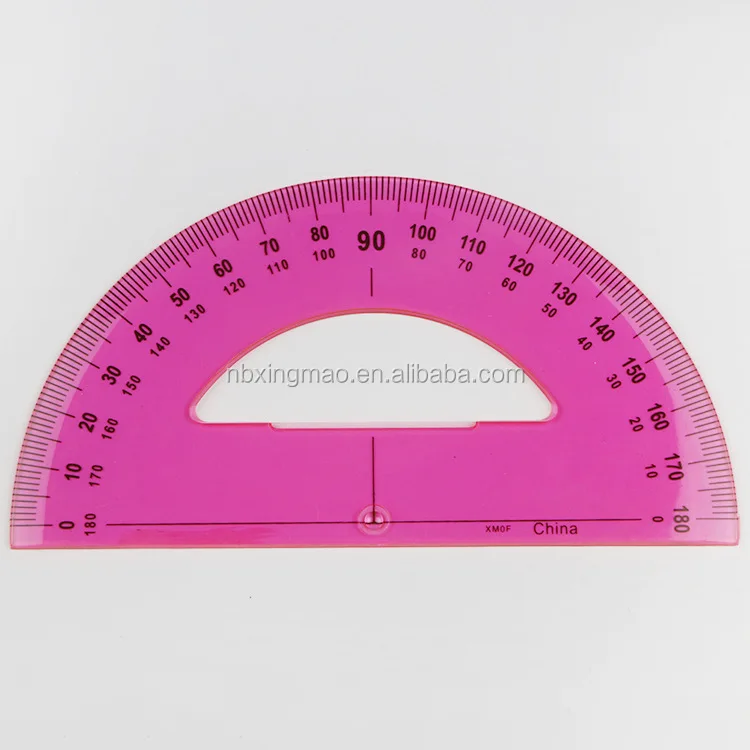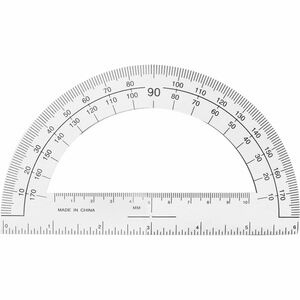

Pan the canvas while holding the shift key, without having to switch tools.New shortcut to fill a number frame with counters.New shortcuts for creating charts from tables.Consistent colouring for number cards, number tiles and multiplication grids.Split, merge and organise options for number cards.
ONLINE PROTRACTOR TOOL SERIES
Aggregate tabulate the results from probability tiles using replace, cumulative or time series options.Increased limits for fraction bar and number grid sizes.Prevent student accounts from moving, copying or deleting question field inputs.Combine multiple advanced settings toggles into two dropdowns for "Layer" and "Interactivity".Ability to to set a scale factor for polygons.Unit labels for rulers, and the ability to hide all labels to get a straightedge.Resizing and text wrapping for text boxes.New "Clone when moving" interactivity type for tiles, that creates a copy when moving it.Slider to subdivide number bars into their factors, and the to split them into individual tiles.3D Number cubes for customisable size, which can be used to learn about place value or to create 3D shapes.This is useful for accessibility, and students can also create entire songs using Polypad. Sonification! Many types of polygons, number bars and fraction bars now have a play button together with detailed audio configuration and animation tools to represent their value or shape using music.Hold shift key to resize rectangles as squares.Label option for individual sectors in Prime Factor Circles.


Lock the protractor by turning on the Locked property in its track menu. Locking the protractor prevents it from making any changes to the scale. You can attach to any point mass track including a center of mass, particle model or data track.Īttaching the points automatically unfixes the protractor. item in the protractor's track menu, then select the desired point mass tracks from the dropdown lists in the Attach Points dialog. To attach points, choose the Attach Points. This can be accomplished by creating a protractor and attaching its ends and/or vertex to the point masses. It is sometimes useful to measure the distances and angles determined by independent point mass tracks. Uncheck the Fixed Position checkbox in its track menu to allow these properties to vary independently from frame to frame. For finer control you can drag away from the vertex-a dashed line continues to connect the drag point to the arc arrow as shown.īy default, the protractor has a fixed position-that is, its vertex and arm positions are the same in all frames. Set the arc to a specific angle by clicking either the angle readout or toolbar field and entering the desired angle.ĭrag the center of either arm to move the entire protractor without changing the angle or orientation.ĭrag the arc arrow to rotate the entire protractor about its vertex without changing the angular arc. The arc arrow shows the direction (cw or ccw) of the arc and the angle readout and toolbar angle field display its value (positive if ccw, negative if cw). New protractors are placed at the center of the current viewport.Ĭlick and drag the vertex or circular end of either arm to adjust the arms. Multiple protractors can be created as needed. To create a protractor, click the arrow on the Measuring Tools button and choose New|Protractor from the popup menu. The ruler diameter is determined by the base length, and larger diameters show finer angle resolution. To hide the ruler, uncheck the Ruler box on the toolbar.
ONLINE PROTRACTOR TOOL FULL
It has a vertex, a base (solid) and measuring (dotted) arm, an arc arrow and an angle readout that displays in degrees or radians.Ī full 360-degree ruler (right image above) is also drawn by default. A protractor track is a tool for measuring angular arcs.


 0 kommentar(er)
0 kommentar(er)
